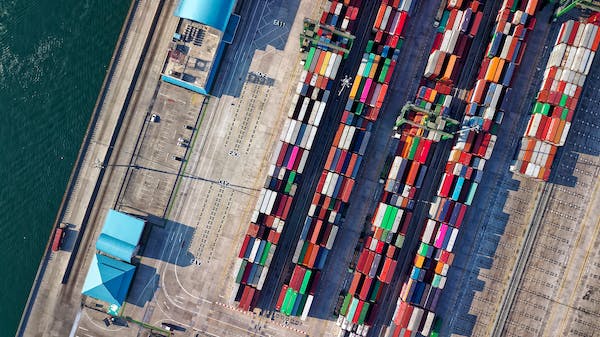Because it has maritime borders with many nations, including its neighboring Asian countries like Malaysia, Vietnam, Japan, and Palau, the Philippines is a strategic commercial site. In addition, Korea and the United States are among its biggest import partners. With ASEAN-wide economic integration, the chances for the import and export of goods are seen to increase. One contributing factor to this is the Philippines’ compliance with its standard operating procedures.
To be successful, both importers and exporters will need to rely on professionals familiar with the most recent developments in international freight forwarding. For instance, a customs brokerage firm can ensure that goods will be imported and exported promptly if any crises interrupt trade routes.
Businesses will benefit from knowing how to import into the Philippines since customs clearance will go more smoothly. Below are the essential considerations for importing goods outlined for reference.
How Can New Importers Start?
As listed in the Bureau of Customs, here are some of the relevant documents that need to be submitted for accreditation:
- Duly accomplished, signed, and notarized application Form by the owner of Sole Proprietorship, Responsible Officer of Corporations, Chairman of Cooperatives, or an authorized partner of Partnerships
- Bureau of Customs Official Receipt or BCOR showing proof of payment of the Php1,000.00 processing fee
- Corporate Secretary Certificate for Corporations / Affidavit for Sole Proprietorship / Partnership Resolution for Partnerships / BOD Resolution for Cooperatives designating its authorized signatories in the import entries
- Two (2) valid government-issued IDs of Applicant, President, and Responsible Officers
- Passport
- Driver’s License
- SSS ID
- UMID Card
- For aliens, Alien Certificate of Registration and Alien Employment Permit
Businesses can begin importing goods into the Philippines after they are accredited.
Importing will also require several import documents once the imported good arrives. After the requirements are approved, any animal, plant, food, medicine, or chemicals that are or will be imported must obtain a product registration certificate from the country’s Food and Drug Administration.
To learn more about what things to do or submit in importing or exporting goods to the Philippines, check out this post by Excelsior.
